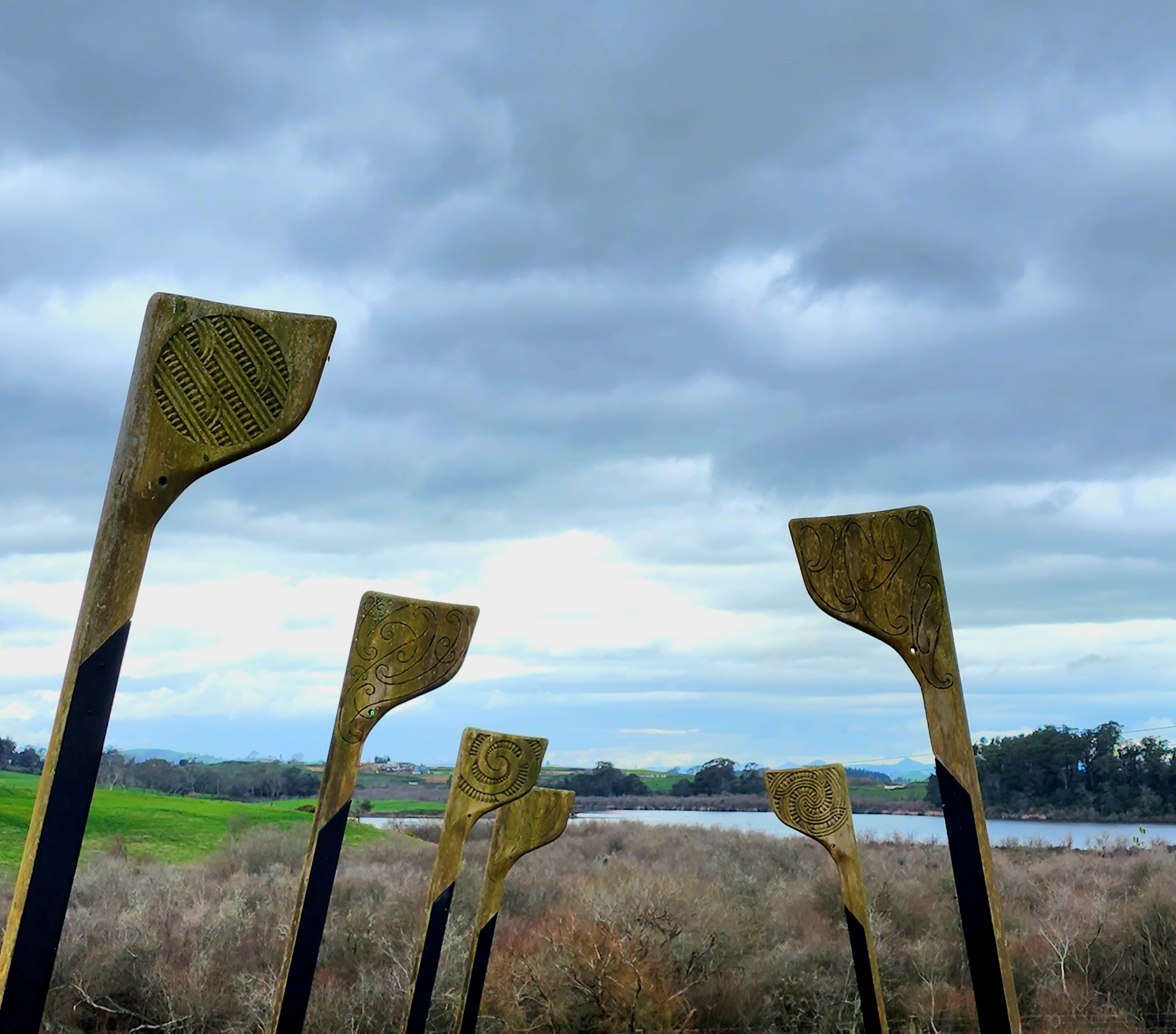I am currently reading my way through “The Great War for New Zealand: Waikato 1800 – 2000. It is a very illuminating read. The purpose of reading the book is for me to understand the history of the land on which I stand, from all its perspective and not just the dominant, perceived history of the colonising narrative.
The work illuminates and also challenges and shocks at the same time. It makes for good study. In partnership with this, I have also been delivering a local histories curriculum contract to a local school. It is fascinating to see the imprinted perspectives of perceived history emerge. When introduced to the revised NZ history curriculum document, whose official title is Aotearoa New Zealand Histories Curriculum, it is amazing to note just how many people miss the plural in the word Histories! That in itself provides an opportunity to probe perspectives, whose and why etc. It was Napoleon after all who said that “…history is a set of lies agreed upon.” As psychologists note, we are all heroes in our own stories and that trait extends to Governments and societies.
So today, I accompanied this same school on a trip from Pokeno to Rangiriri to investigate the histories of these sites in relation to the New Zealand Wars and the unlawful land grab and clearance that it actually was. England has skin in this game, with its own enclosure acts and clearances of the Highlands etc it had the playbook written and practised. It was a moving experience. New Zealand has its own Rubicon and instead of Ceasar, we have Governor Grey and the Mangatawhiri River.

